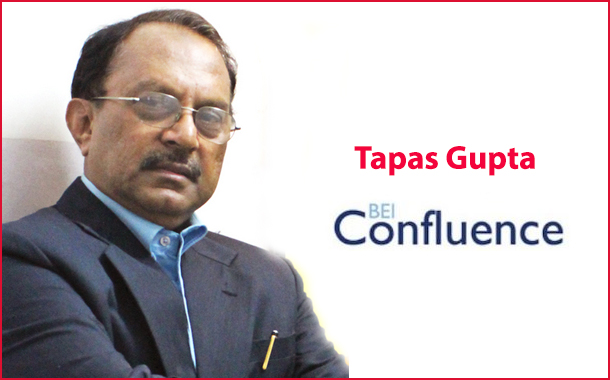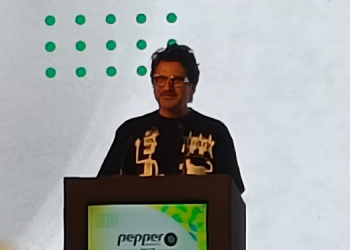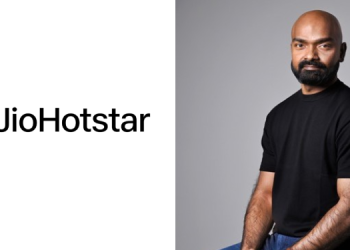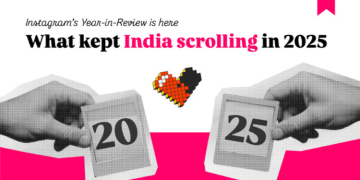There are a few iconic brands in one’s life that have a profound impact in our childhood and growing up years. Horlicks, BournVita, Complan, ParleG, Cadbury, Amul are some of the brands we have all grown up with practically all across India. Similarly, those who have spent their childhood andgrowing up years in the last 3 decades or so in North India, cannot but deeply emote with Crax Corn Rings (from DFM Foods), a children’s extruded snack brand made from corn that comes in the shape of Rings. This shape was a unique innovation when DFM launchedCrax in the late 90’s.
For last twenty fiveyears Crax Corn Ringshas been the largest and the most trusted brand amongst kids (4 -14 years) and their parents and has beenconsumed amongst children of all socio-economic groups, rich and poor, urban and rural alike.In fact very few brands cut across classes and have a mass loyalty amongst all section of target group as Craxdid in North India. Now of course for last 10 years, their distribution in the rest of the country has spread far and wide and now Crax is the undisputed leader in the ring shaped children’s snack in India.
As it happens with a leader, it has given rise to competition and has spawned a number of ‘me-too’ products by large companies including giants like Yellow Diamond and Haldiram, and I am told by market intelligence that big boys like ITC and Lays (Pepsi Foods) are planning to enter this market to exploit the franchise of ring shaped snacks created and dominated by Crax. And there are numerous regional brands and local players who have tried to steal market shares from the brand leader in their respective regions over last many years with very limited success.

Consequently the marketing and communication goal posts in the category has shifted considerably. With children there cannot be more attractive gifts than toys. And the novelty and quality of toys have become a key determinant in brand choice. To extend the PLC and milk its goodwill, Crax too has been offering quality toys as free gifts (to counter competition) for the last few years and therefore the ‘game of toys’ rather than brand loyalty or the quality has now become the acid test for retaining and growing the market share.A classical marketing warfare has been waging in this category where competition is trying to nibble at the brand leader’s shares offering gifts (toys inside pack) and hefty trade margins for a category that has passed its prime and is at a ‘late maturity’ stage of its Product Lifecycle (PLC).
Over the years the children’s snack market has also been proliferated with various kinds of corn based products in various shapes and sizes likeKurkure’s Monster Paws, Smiley, Twisters, Zig-Zag anddifferent categories altogether both in salted and sweet have been launched. Big boys like ITC and Haldiram are key players in this segment. Brands like Kinderjoy today are investing more in their shape and quality of packaging and the surprise free toys inside from franchised characters like Doremon to spinners, magic toys and many more. So the category of ring shaped Corn Rings is getting flatter and showing no signs of growth. The market leader Crax Corn Rings and the me-too competition are feeling the pressure of a stagnated market space in this ring snack category.

In a situation where the whole category is at a late maturity to decline stage in the PLC, DFM the makers of Craxhave followed the classical marketing principle of taking the ownership of reviving the category and extending the PLC as in such situations it is incumbent on the category leader to lead the revival, and benefit from the most.
The key task at hand was actually three-fold in front of the brand owners and its brand &advertising consultants BEI Confluence who has partnered them for 20 years now. While reviving the category was a given task (as the brand leader can benefit out of this the most), the second objectivewas to inject a fresh, new energy into the brand and modernise it by re-launching and the third but the most important goal was to completely own the RING category by re-building on the equation in consumers’ perception that existed for many years (but was on a decline) that Craxis synonymous with rings thereby re-positioning it as THE REAL ONE.

The agency BEI Confluence adopted the time tested formula of creating a unique BRAND MASCOT that can occupy a large space in the child’s mind to emote and play with the children of today’s generation. A Ring lookingcharacter was created who is pleasant, versatile and fun loving, a well-meaning gang leader, a problem solver, and a friend children can look up-to when they need him. The brand mascot ‘Ring Bling’ was created and extensively researched amongst children of different age-groups and SECs and was given a massive thumbs up by the respondents. The name ‘Ring Bling’, the look and feel of the character was such that it automatically denoted smartness and style, with a dash of naughtiness, but lovingly cute, yet a brat, which all boys like to be and girls like to admire.
Today’s children are extremely TV and internet savvy and are glued on to the TV sets and their mobiles/tablets towatch, interface and engage with cartoon characters. When children watch these programs, their minds are transported to an imaginary world where these characters exist in reality and they live those moments even in their dreams. Doremon, Chhota-Bhim, Nobita, Angry Birds, Motu-Patlu and many more are household names in any city, town or ruralarea amongst children who are just crazy about these characters.

The new Crax campaign with Ring Bling that is expected to change the fortunes of the Ring shaped snacking category and more importantly the brand Crax, has just been launched in a single -minded fashion starting from its packaging, POSMs, TVCs and are very soonit’s going to invade the digital space to create awareness, engagement, affinity &affection leading to traction towards the brand and help in re-building the loyalty to the category andhelp Crax derive the benefit.
In a category which is in its late maturity to a declining stage in its PLC, it has often been seen that such marketing and communication re-positioning are undertaken to create disruption and infuse new energy into the category as well as the brand leader to arrest the category decline and revive the fortunes of the brand leader. Globally and in India there are many such case-studies that can be cited where the brand leader has taken on its shoulders the burden of reversing the category decline and thereby benefit out of it the most.

















